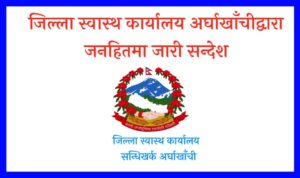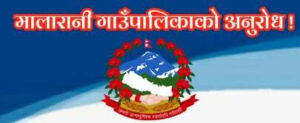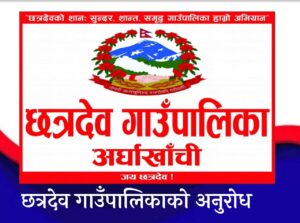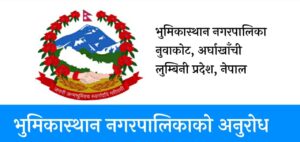Cuba’s historic revolutionary leader Fidel Castro died Friday aged 90, after defying the United States during a half-century of iron-fisted rule and surviving the eclipse of global communism.
AFP
One of the world’s longest-serving rulers and modern history’s most singular characters, Castro defied 11 US administrations and hundreds of assassination attempts.
His younger brother, President Raul Castro, announced the news shortly after midnight (0500 GMT Saturday) but gave no details of the cause of death.
Fidel Castro crushed opposition at home from the moment he took power in 1959 to lead the communist Caribbean island through the Cold War. He stepped aside only in 2006 after intestinal surgery.
For defenders of the revolution, Castro was a hero who defended the ordinary people against capitalist domination.
For his opponents, including thousands of Cubans resident in the United States, he was a cruel tyrant.
Castro eventually lived to see the restoration of diplomatic ties with Washington last year.
“The commander in chief of the Cuban revolution died at 22:29 hours this evening,” the president announced on national television just after midnight Friday (0500 GMT Saturday).
“In compliance with Comrade Fidel’s expressed will, his remains will be cremated early in the morning” on Saturday, said Raul Castro, who took power after his elder brother Fidel was hospitalized in 2006.
The government on Saturday decreed nine days of mourning.
From November 26 to December 4, “public activities and shows will cease, the national flag will fly at half mast on public buildings and military installations,” a statement from the state executive said.
Castro’s ashes will be buried in the southeastern city of Santiago on December 4 after a four-day procession through the country, it added. Santiago was the scene of Castro’s ill-fated first revolution attempt in 1953.
Castro’s death drew strong reactions from world leaders.
“The name of this distinguished statesman is rightly considered the symbol of an era in modern world history,” said Russian President Vladimir Putin in a telegram to Raul Castro.
Former Soviet leader Mikhail Gorbachev hailed Castro for “strengthening” Cuba in the face of US pressure.
He said the late leader left a “deep mark in the history of mankind.”
French President Francois Hollande said Castro “represented, for Cubans, pride in rejecting external domination.”
Venezuelan President Nicolas Maduro, Cuba’s main ally in the region, said on Twitter: “It is up to us to continue his legacy and carry his flag of independence.”
Indian Prime Minister Narendra Modi sent his “deepest condolences” to Cuba. “India mourns the loss of a great friend,” he wrote on Twitter.
Other powers had yet to react early Saturday.
In Havana, car washer Marco Antonio Diez, 20, said he was out at a party when the music stopped and he heard the news.
“I went home and woke up everyone, saying: ‘Fidel has died.’ My mother was astonished,” he told AFP.
In the streets of Miami, home to the bulk of the US Cuban community, euphoric crowds waved flags and danced, banging on pots and drums.
The bearded, cigar-puffing leader, renowned for trademark army fatigues and hours-long public tirades, grabbed power in a January 1, 1959 revolution.
Living by the slogan “socialism or death,” he kept the faith to the end, even as the Cold War came and went.
He endured hundreds of assassination attempts, according to his aides, and the disastrous US-backed Bay of Pigs invasion attempt in 1961.
“If I am considered a myth, the United States deserves the credit,” he said in 1988.
Castro was at the center of the Cuban Missile Crisis in 1962, as the world stood on the brink of nuclear war until the Soviet Union blinked in its bid to station strategic missiles on Cuban soil.
Well into his old age, Castro unleashed furious diatribes against Washington until he was slowed by surgery in July 2006.
An energetic symbol of defiance for developing countries and a driving force behind the Non-Aligned Movement, Castro proved even a small sovereign nation could thumb its nose at the world’s biggest superpower.
Born August 13, 1926 to a prosperous Spanish immigrant landowner and a Cuban mother of humble background, Castro was a quick learner and a keen baseball player.
His political path was set when he formed a guerrilla opposition to the US-backed government of Fulgencio Batista, who seized power in a 1952 coup.
In 1953 Castro led a small rebel force that attacked a major military base, the Moncada Barracks, in a bid to oust Batista. The drive failed. Castro was put on trial, and in a self-defense speech said he did not care if was convicted.
“History will absolve me,” he said.
After two years of prison Castro went into exile in Mexico and organized followers for their ultimately triumphant uprising.
It was launched when, on December 2, 1956 they sailed to southeastern Cuba on the ship Granma. Twenty-five months later, they ousted Batista and Castro was named prime minister.
His power undisputed in 1959, Castro threw Cuba’s lot in with the Soviet Union, which bankrolled his regime until 1989, when the Eastern Bloc’s collapse sent Cuba’s economy plunging.
Fidel ceded power to his younger brother Raul, now 85, in July 2006 when the revolutionary icon underwent intestinal surgery and disappeared from public view.
Castro married three times and is known to have fathered eight children.
He met Celia Sanchez in 1957 and remained with her until her death in 1980.
Since the 1980s, Castro’s partner has been Dalia Soto del Valle.
The most recent photographs of him were published last week, showing him in the trademark white tracksuit that he wore in later years after hanging up his green military fatigues.
He was last seen in public on his 90th birthday on August 13.
“Soon I will end up like everyone does,” he said. “We all have our turn.”
SOURCE: AFP





